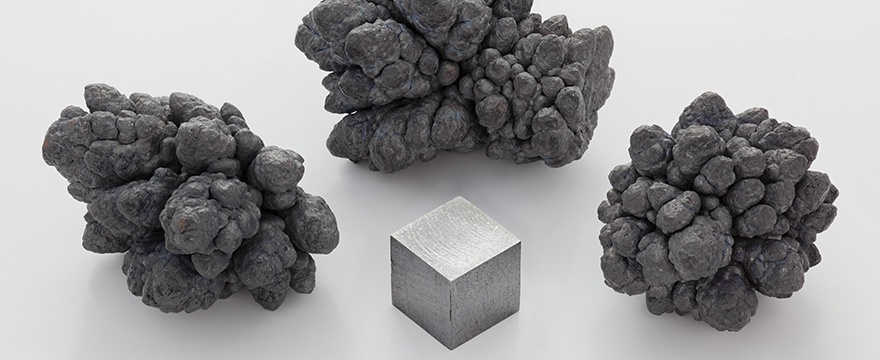Nuclear radiation is a type of energy that is released from the nucleus of an atom during radioactive decay or nuclear reactions. It can take different forms, including alpha particles, beta particles, gamma rays, and neutrons. Nuclear radiation can cause harm to living organisms, including humans, if they are exposed to it in high enough doses. Shielding is a common technique used to protect people and equipment from the harmful effects of nuclear radiation.
In this blog post, we will explore the different types of nuclear radiation and the various materials used for shielding against them.
Types of Nuclear Radiation
Before we discuss the different types of shielding materials, it's essential to understand the various types of nuclear radiation.
Alpha Particles
Alpha particles are positively charged particles that consist of two protons and two neutrons, making them equivalent to a helium nucleus. They have a short range and are easily blocked by even thin materials like paper or clothing.
Beta Particles
Beta particles are high-speed electrons or positrons that are emitted during the decay of radioactive isotopes. They have a higher range than alpha particles and can penetrate deeper into materials.
Gamma Rays
Gamma rays are electromagnetic radiation with high frequency and energy. They have no mass or charge and can penetrate deeper into materials than alpha or beta particles.
Neutrons
Neutrons are uncharged particles found in the nucleus of an atom. They have a high penetrating power and can cause nuclear reactions in other materials.
Shielding Materials
The choice of shielding material depends on the type of radiation and the energy level of the particles. Here are some common materials used for nuclear radiation shielding:
1.Lead
Lead is a common material used for shielding against gamma rays and x-rays. Its high atomic number and density make it an excellent absorber of radiation. Lead is also relatively inexpensive and widely available. However, it is not effective against neutron radiation
2.Concrete
Concrete is a composite material made up of cement, water, and aggregates like sand or gravel. It is a common material used for shielding against gamma rays and neutron radiation. The high density of concrete makes it an effective barrier against radiation, but its effectiveness depends on its thickness and composition
3.Steel
Steel is a high-density material that is effective against gamma rays and x-rays. It is also effective against neutron radiation when used in combination with boron or other neutron absorbers. Steel is commonly used in the construction of nuclear power plants and other facilities that handle radioactive materials.
4.Water
Water is an effective shield against neutron radiation due to its high hydrogen content. Hydrogen atoms can slow down neutrons through a process called moderation, making them easier to absorb. Water is also effective against gamma rays and can be used in conjunction with other shielding materials.
5.Boron
Boron is a neutron absorber commonly used in conjunction with other materials like steel or concrete. It is effective at slowing down and absorbing neutrons, making it useful in nuclear reactors and other facilities that handle radioactive materials.
6.Polyethylene
Polyethylene is a type of plastic that is commonly used for neutron shielding. Its high hydrogen content makes it effective at slowing down and absorbing neutrons. Polyethylene is also lightweight and easy to handle, making it a popular choice for portable radiation shields
7.Tungsten
Tungsten is a dense metal that is effective at shielding against gamma rays and x-rays. It is commonly used in radiation therapy for cancer treatment due to its high absorption of radiation.
Conclusion
In summary, the choice of shielding material depends on the type of nuclear radiation oman and the energy level of the particles. Lead, concrete, steel, water, boron, polyethylene, and tungsten are common materials used for nuclear radiation shielding.
Reference Link(OriginallyPosted: https://ziebaq.mystrikingly.com/blog/what-is-the-best-shielding-for-nuclear-radiation-oman


No comments yet